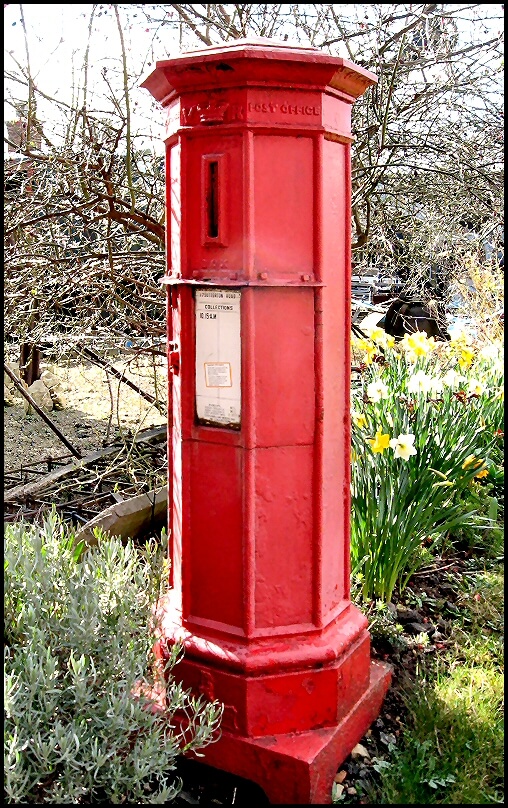Facts About Andrew Handyside and Company
Andrew Handyside and Company was an eminent iron foundry located in Derby, England, during the 19th century. The narrative begins with Andrew Handyside, born in Edinburgh, Scotland, in 1805. In 1848, he took the helm of the Britannia Foundry, already renowned for its exceptional craftsmanship and high-quality products. Under Handyside's leadership, the foundry expanded its production to include railway components and engineering structures.
Handyside was dedicated to enhancing the strength of cast iron while preserving artistic elements in his designs. The company produced a vast array of items, ranging from garden ornaments to railway bridges, lamp posts, postboxes, window frames, and even a dome for Henry Bessemer's conservatory. Their work was in demand worldwide, providing structures like bridges, railway stations, and market halls.
Some of their notable projects included the Wilford Toll Bridge, Trent Bridge in Nottingham, and the Albert Suspension Bridge in London. In 1874, Handyside pioneered an innovative practice of accounting for depreciation against net profits, leading to a legal dispute with tax authorities.
Despite these challenges, the company continued to flourish, supplying structures for entities such as the Great Northern Railway, Cheshire Lines Committee, and the Manchester Ship Canal. Unfortunately, after Handyside's death in 1887, the company began to decline and eventually ceased operations in the early 20th century.
Today, the legacy of Andrew Handyside and Company endures through reminders such as the Furnace public house and Handyside Street, testaments to the once-thriving foundry that significantly influenced engineering and design.

 Ireland
Ireland